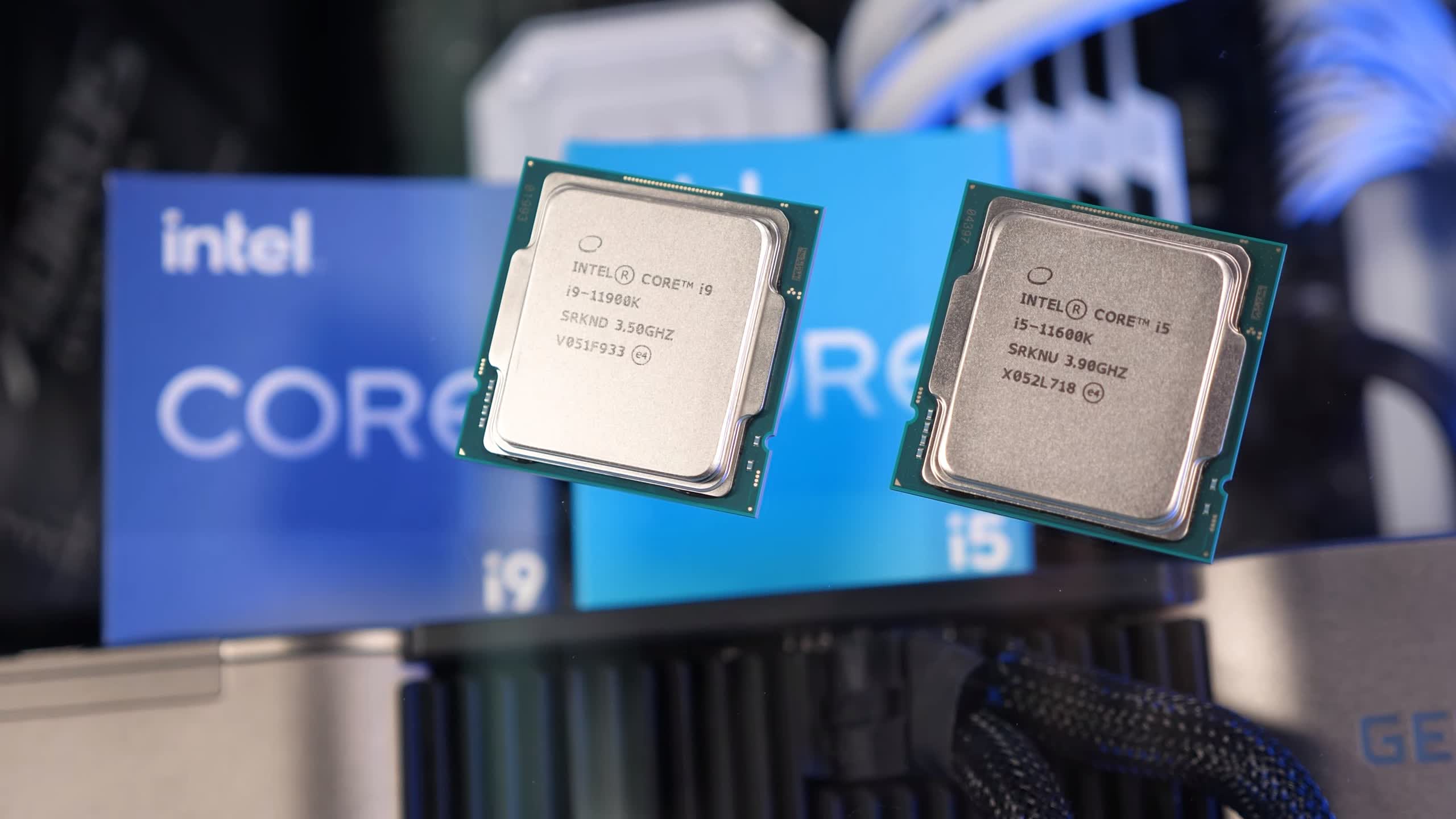What just happened? Somehow, inexplicably, Intel failed to publish drivers for Rocket Lake's integrated graphics ahead of the processors' launch last week. They haven't provided an excuse yet, probably because there isn't any: by all accounts, Rocket Lake's integrated graphics is a clone of old hardware and doesn't need updated drivers - just certification.
Update (April 5): Intel has re-released its latest graphics drivers (27.20.100.9316) which will recognize and install normally in Rocket Lake desktop CPUs.
Intel's graphics drivers are usually available on their downloads website, but if you search for the 11900K or its siblings, then all you get is the Performance Maximizer utility. If you download the Intel Graphics driver installer, it says it can't find a match for your hardware. That's a bit annoying when you're paying over $600 for a new processor.
Reviewers, including ourselves, were provided with pre-release drivers ahead of the embargo and those who tested the integrated graphics didn't find any anomalies. OEMs have also had access to drivers. As far as we're aware, the integrated graphics inside the Rocket Lake processors, branded as the UHD 750, are functionally identical to the integrated graphics inside last year's mobile Tiger Lake processors. Common sense says that the drivers don't need a significant rewrite.
Lisa Pearce, Intel's Director of graphics software engineering, says that the drivers will be made available to the public by Monday.
Update: Driver to be posted by Monday AM and will update this thread when it's available
--- Lisa Pearce (@gfxlisa) April 2, 2021
But luckily, if you've brought a Rocket Lake processor and don't have a video card to pair with it, you don't need to wait until Monday to play CS: GO at 30 fps. Here's a workaround:
Download the .zip file for the general Intel Graphics driver and install it manually using the Windows driver installation tool: Control Panel > Device Manager > Display adapters > UHD 750 > (right-click) Properties > Driver > Update Driver > Browse my computer for driver software.
